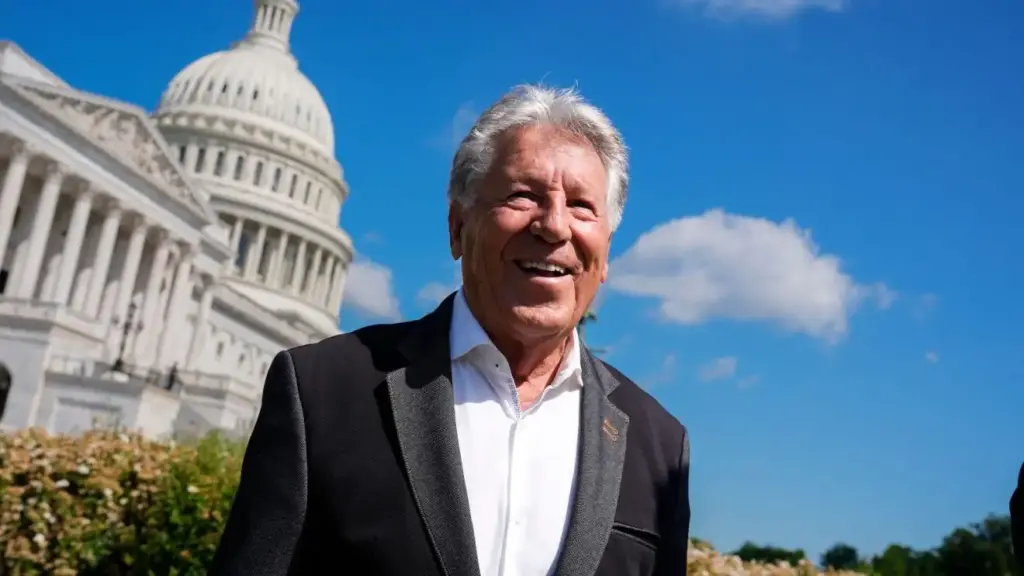Ayrton Senna’s tragic death on May 1st, 1994, at the San Marino Grand Prix, remains a poignant moment in Formula 1 history, marking the loss of one of the sport’s greatest talents. Three decades later, his impact on the sport is celebrated worldwide, from murals in Miami to tributes at Imola, ensuring his legacy lives on for new generations of fans.
Between the lines
- Senna’s death at the 1994 San Marino Grand Prix is a defining moment in F1 history, leaving an indelible mark on the sport.
- Modern F1 races, like the Miami Grand Prix, pay homage to Senna, highlighting his lasting influence on the sport and its fans.
- Imola, the site of Senna’s fatal crash, continues to be a place of pilgrimage for fans, with tributes and public events honoring his memory.
- Senna’s racing style, famous quotes, and charisma contribute to the archetype of what many consider a great F1 driver should embody.
Go deeper
On that fateful day in May 1994, the world of Formula 1 changed forever. Ayrton Senna, a name synonymous with passion, talent, and determination, left the physical world, but his spirit has never left the sport. As we approach the 30-year anniversary of his passing, it’s clear that his legacy is not just intact but thriving.
The contrast between the F1 of Senna’s era and today’s sport is stark. Yet, as the engines roar on new tracks like Miami, Senna’s memory is honored, bridging the gap between the past and the present. The Brazilian street artist Kobra’s mural in Miami is a testament to Senna’s global impact, ensuring that his story continues to inspire.
Imola, where Senna’s journey met its tragic end, remains a sacred site for fans. The circuit hosts commemorative events, not just for Senna but also for Roland Ratzenberger, who perished the same weekend. These events are a profound reminder of the risks and sacrifices inherent in the pursuit of racing excellence.
Senna’s legacy is multifaceted. His incredible one-lap speed, his masterful drives in adverse conditions, and his iconic philosophies on racing continue to define the essence of a Formula 1 driver. Yet, it’s the acknowledgment of his human flaws that makes him relatable and his story even more compelling.
As we reflect on Senna’s life and career, it’s evident that his influence transcends time. From the chants at Interlagos to the murals in Miami, Senna’s presence is felt just as strongly today as it was decades ago. His passion for racing and his impact on the sport are as clear as ever, proving that legends never truly die; they evolve into the very fabric of the narrative they once shaped.





